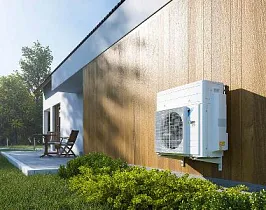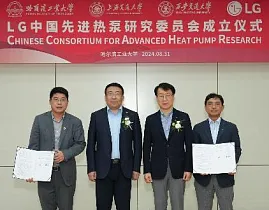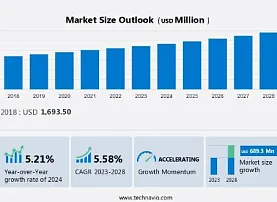
The market is experiencing robust growth driven by increasing awareness of energy efficiency and environmental sustainability. With rising concerns about carbon emissions and greenhouse gases, there's a growing demand for HVAC systems that utilize renewable energy sources like solar thermal and geothermal energy. Air-source and geothermal heat pumps are gaining traction for their ability to efficiently transfer heat while reducing carbon footprint. Smart home platforms and building automation further enhance energy usage patterns, promoting the adoption of these technologies. With advancements in renewable heating systems and the availability of raw materials, the industry is poised for continuous expansion.
The market research and growth report offers extensive research analysis on the market growth analysis , with a categorization based on Application, including residential, commercial, and industrial. It further segments the market by Product, encompassing air source heat pumps, ground source heat pumps, and exhaust air heat pumps. Additionally, the report provides Region segmentation, covering APAC, Europe, North America, Middle East and Africa, and South America. In the application segment of the market, heat pumps are gaining traction as key components of HVAC systems in residential and commercial buildings. They integrate seamlessly with smart home platforms, allowing users to optimize energy usage patterns and enhance overall efficiency. Heat pumps play a crucial role in reducing carbon emissions and mitigating the impact of greenhouse gases by harnessing renewable energy sources such as solar thermal systems and geothermal energy. Both air-source and geothermal heat pumps are utilized across various heating segments, offering efficient heat transfer mechanisms and contributing to the advancement of smart building systems worldwide.
The residential segment is estimated to witness significant growth during the forecast period. The main use of residential heat pumps is for heating and cooling homes. In addition, they can replace traditional heating and cooling systems such as furnaces and air conditioners. Furthermore, heat pumps can be particularly efficient in moderate climates, where the temperature does not regularly drop to extreme lows.
The residential segment was the largest segment and was valued at USD 46.17 billion in 2018. Moreover, air-source heat pumps are commonly used in residential applications. In addition, they extract heat from the outdoor air to warm the home in winter, and they can reverse the process to provide cooling in summer. Furthermore, heat pumps can be used to provide hot water for domestic use. In addition, they are often referred to as heat pump water heaters and are much more energy-efficient than traditional electric water heaters. Hence, such factors are fuelling the growth of this segment which in turn drives the market growth during the forecast period. Furthermore, factors such as reduced cost of installation of air-source heat pumps, ongoing development of larger commercial and institutional buildings, and government initiatives to minimize greenhouse emissions are fuelling the growth of this segment which in turn drives the market growth during the forecast period.
Bard HVAC, Danfoss AS, Dantherm Group AS, DENSO Corp., Emerson Electric Co., Fujitsu Ltd., Glen Dimplex Europe Holdings Ltd., Guangdong Aoxin Heat-Pump Air Conditioning Co. Ltd., Hayward Holdings Inc., Ingersoll Rand Inc., Johnson Controls International Plc, Kensa Group, Lennox International Inc., Mitsubishi Electric Corp., NIBE Industrier AB, Nortek, Rheem Manufacturing Co., Robert Bosch GmbH, and STIEBEL ELTRON GmbH and Co. KG



